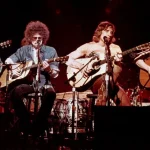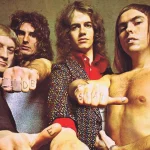Mary Hopkin’s “Those Were the Days”: A Timeless Folk Anthem Endures
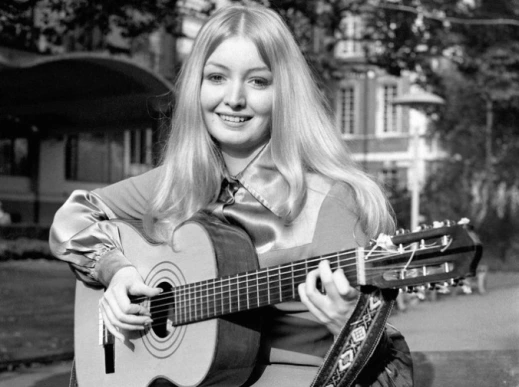
Released in 1968, Mary Hopkin’s “Those Were the Days” isn’t just a song; it’s a nostalgic journey that became a global phenomenon. This timeless folk anthem masterfully encapsulates the bittersweet essence of nostalgia and the inevitable passage of time, resonating deeply with generations of listeners.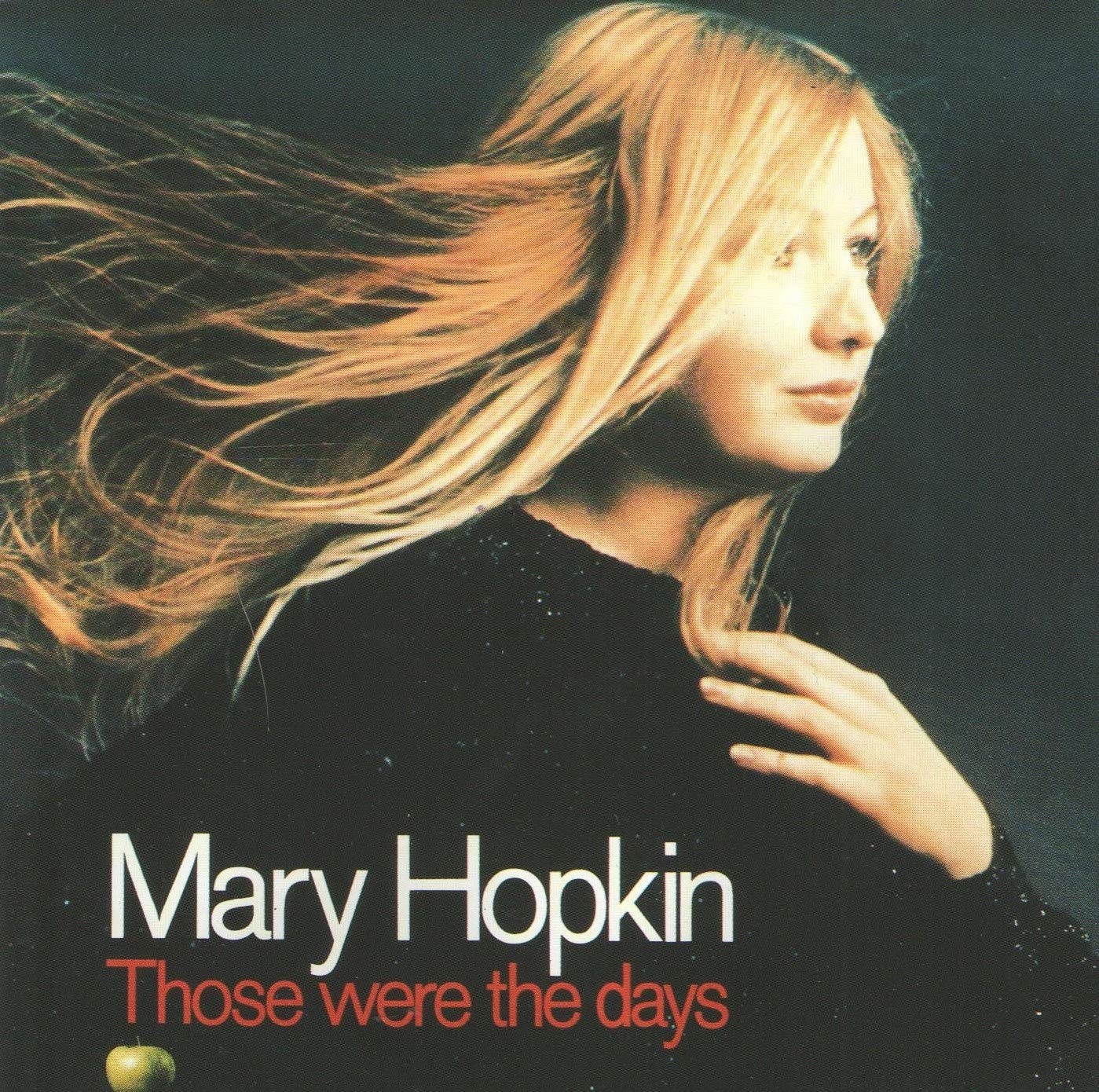
At its heart, the song’s evocative lyrics paint vivid pictures of youthful friendships and carefree, idyllic days. Phrases like “Once upon a time there was a tavern where we used to raise a glass or two” immediately transport the listener to a simpler era. These poignant words, coupled with a simple yet haunting melody, create an emotional depth that is both comforting and melancholic. The arrangement, often featuring a distinctive cimbalom, adds to its unique and memorable sound, firmly rooting it in the folk tradition while giving it a universal appeal.
Remarkably, the song’s journey to international stardom began far from the English-speaking world. “Those Were the Days” has its roots in “Dorogoi dlinnoyu” (Дорогой длинною), a Russian romance song from the 1920s. Gene Raskin penned the English lyrics, adapting the original theme of reflection and remembrance. Mary Hopkin’s rendition, produced by Paul McCartney, propelled it to unprecedented success. It soared to No. 1 in the UK charts and achieved a remarkable No. 2 in the U.S., solidifying its status as a transatlantic hit.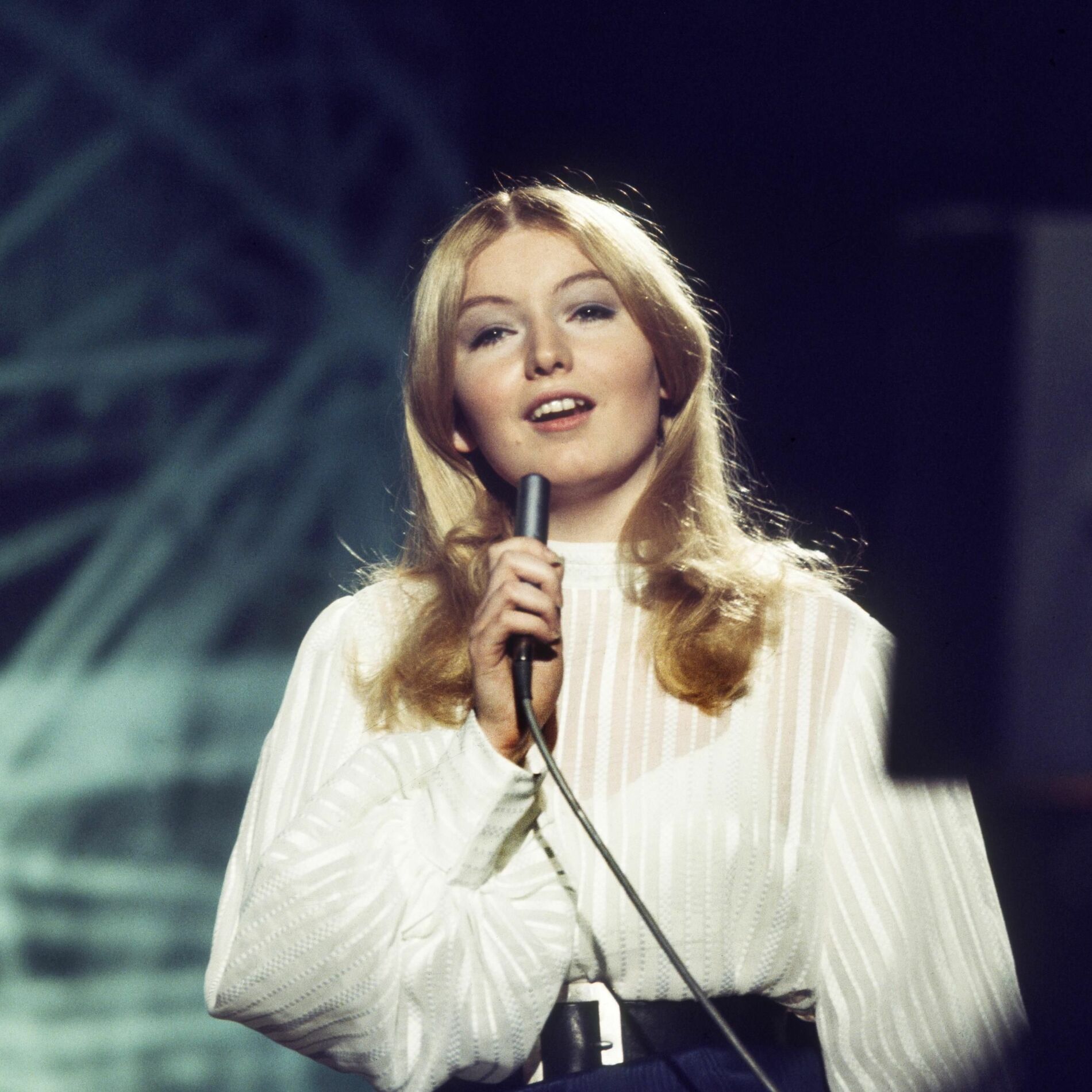
Even today, “Those Were the Days” remains a beloved and iconic anthem for reflection. Its enduring popularity lies in its universal message: the tender longing for bygone eras and the recognition that while time moves forward, the memories and feelings of the past remain cherished. It’s a powerful reminder to appreciate the present while holding dear the moments that shaped us.


